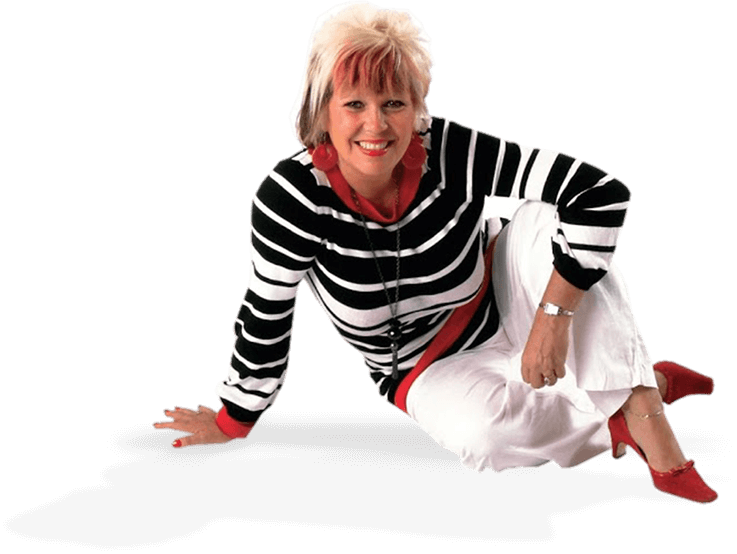


Like it? Share it!
I was working in a school today and a 9 year old was sitting just like this in assembly – in the “W” shape and it reminded me of a really useful blog by Stephanie Galanis about “The Dreaded W-Sitting In Toddlers And Why This Sitting Position Needs To Be Corrected” that I read in Yummy Mummy Club.
Here’s the article:
“I had a patient recently ask me if it is okay for her thirteen-month-old daughter to be W-sitting during playtime. The short answer is: absolutely NOT!
It is never ok to be sitting like this for a prolonged period of time, and should be stopped immediately whenever you see it. There are a few postural and developmental reasons for this, and I’ll go into some detail on all of them:
1. Hip Distortion
With the legs externally rotated, this puts an enormous amount of pressure on the internal aspect of the hip joint. Muscles that stabilize the hip joint become short and contracted in this position, which restricts future mobility of the joint. This can and will impact the development of walking and how the hip and pelvis move later in life. The joint itself, which is made up of the femur bone and the acetabulum of the hip, has a greater chance of dislocating when placed in this extreme rotation.
2. Knee and Foot Distortion
With the hips at the extremes of internal rotation, in the W-sitting position the knees are also placed in extremes of internal rotation, and the ankles are places in extreme external rotation. The shear force over the knee, coupled with the shear force in the hip, will inevitably cause spasm and contracture through the hamstrings and the adductor muscles (inner thigh muscles), as well as the Achilles tendon.
As a chiropractor who has been in practice for nine years, I can easily say that most of the patients who come into my office with low back pain almost always have something going on in the hips, and almost 100% of them have tight and short hamstrings. This is not the precedent we want to start forming with our little kidlets!
3. Poor Development of Core Muscles
A secondary—but important—side effect of W-sitting is poor use and development of core muscles (another common problem I see in practice—lots of weak core muscles, coupled with low back pain). Because the toddler is stabilized by the extreme rotation of the legs, they do not need to use the muscles in their core to stay upright, or to give feedback about balance and spatial awareness. The hips and pelvis are sort of “locked” into place, and the abs and pelvic muscles can just relax, as they have no need to work.
4. Lack of Cross-Body Coordination
This is related to the poor development of core muscles. With a lack of muscle stability and tone in the abdomen, there is also a lack of cross-body movement, or as chiropractors refer to it, neurosensory integration.
– See more at: http://www.yummymummyclub.ca/family/toddlers/20121001/the-dreaded-w-sitting-in-toddlers?s=fb#sthash.tWYLwwPy.dpuf
Dr. Stephanie is a member of the International Chiropractic Pediatric Association www.icpa4kids.com, and regularly sees pregnant women, infants, children and toddlers in her practice. Dr. Stephanie believes that by treating a woman through her pregnancy, and then teaching healthy habits to kids early on is the best way to influence a child’s health over the course of their lives.
Discussing every possible aspect of parenting, giving you advice and support on topics which affect your daily life. Each free, weekly episode is bursting with practical tips, techniques and ideas.
I will teach you my no-nonsense, simple techniques & give you hundreds of my expert parenting articles, videos & podcasts so you can get back to the business of having fun with your family!



